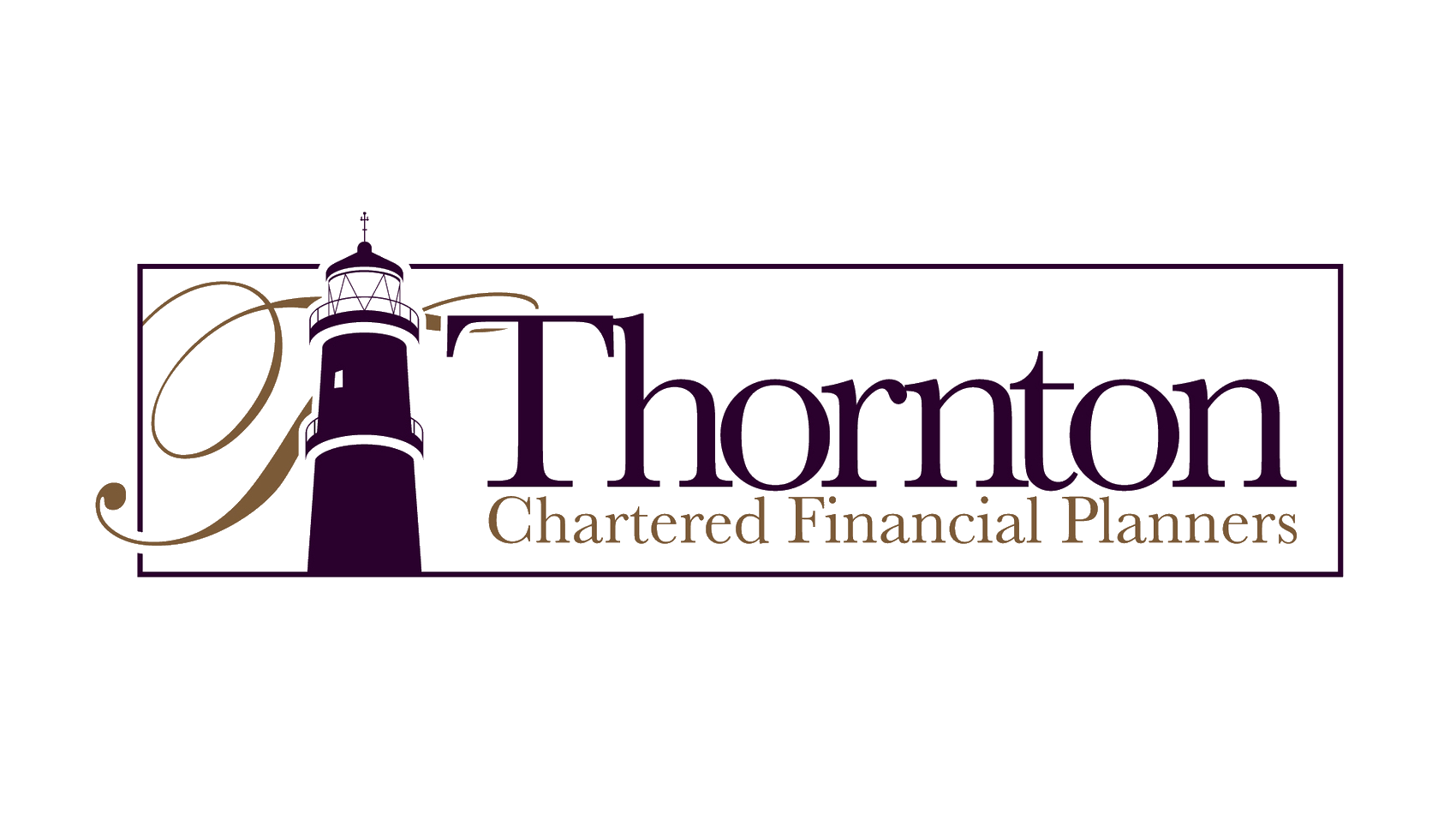The cost of care consultation closed on 12th January. Did you have your say? I hope so, as this topic will affect us all.
It’s often a topic of discussion when we meet with clients. Planning in case care is needed can bring much comfort, especially if there is a strong desire to remain at home.
The Isle of Man Government has already established that the provision of care under the current regime will shortly become unaffordable.
This is also expected to be a growing problem.
The 2023 Population Report estimated the population at 84,530. Based on current net migration figures, by 2035/36, the population is expected to be 92,000 – well on the way to the 100,000 targeted in the Island’s strategic plan.
Using these estimated figures, the population of over 65’s is projected as follows:
2024 – 19,729
2029 – 21,886
2034 – 23,881
2039 – 25,353
Not everyone in this age bracket will require care; however, approximately 1 in 4 can expect to enter residential care later (source IOM Gov – What Care Will Cost You).
With the number of working people in the younger brackets not maintaining pace, you can see where the funding problem occurs. A similar (and more well-known) issue is found with funding for the state pension.
The current provision of nursing care, residential care and care at home is estimated to be £53.6 million per year. For individuals and their families, these costs can be crippling, as a staggering 84% of this total is believed to be borne by them.
The means-testing limits for Income Support are relatively low, and the “cliff edge” approach (no gradual reduction of funding) leaves few eligible for fully funded care.
The current position – numbers in care:
Residential care – 380
Nursing care – 450
Care at home – 1,000
The fees for these services range from £555 to £1,338 per WEEK!
What’s not included here are the estimated 10,000 unpaid carers providing ongoing support to loved ones (source: Crossroads survey).
With this in mind, we should also remember the hidden costs involved in the provision of care. For example, the increase in utilities for those being cared for at home, the travel costs for those providing the care, and the opportunity cost as those carers either don’t work, or work reduced hours elsewhere. This reduces their capability to pay for their own future care/expenses or even build up a pension for a quality retirement.
In a bid to introduce a fair but sustainable model, the Isle of Man Government has shortlisted two models – one currently operational in Scotland, the other in Jersey.
Broadly speaking, these are:
Model 1 – Free care for all (Scotland)
A quick note on the definition of care: this does not include the cost of housework, laundry, daycare, etc.
Personal care is free to all with no means testing of capital or income. For those assessed as requiring nursing care, this is also made available free of charge.
However, and it’s a big however, for those with more than £20,250 capital, they will have to pay some or all (if capital exceeds £32,750) of their accommodation costs.
This means those living at home will still be liable for the running costs of the house, those renting will still be subject to rent, and those in a home will have to pay for the ‘bed and board’ element of their stay.
The Scottish Government has set a maximum payment limit of £888.50 per week for nursing care and £762.62 per week for residential care. This means that even an individual with less than £20,250 capital would have to contribute to their cost if the chosen accommodation costs exceed this.
For those able to stay at home, this might sound appealing. However, based on their modelling, this would see the IOM Government’s portion of the funding increase from 16% to 58%.
Model 2 – Mixed model (Jersey)
This is a “the more you have, the more you pay” approach, but with limits.
Jersey has set the capital threshold at £419,000. Those who have more than that will need to pay towards their costs for the first 1-3 years.
Those below the threshold will receive immediate support towards costs.
The cap on personal contribution has been set at £67,000; however, like with model 1 – ‘bed and board’ costs are not included in this cap.
England has previously looked at a similar system; however, this was never introduced. These plans have since been revived, and they are now looking at introduction with the capital threshold potentially as low as £100,000 but with the cap set higher at £86,000.
Our Government has initially considered three different thresholds, with the increased cost to Government estimated as follows:
£100,000 threshold – increased cost 16% to 19%
£280,000 threshold – increased cost 16% to 37%
£350,000 threshold – increased cost 16% to 40%
The outcome?
The results of the consultation will certainly be interesting. I’d expect the financial status of those taking part to be the major factor in which option they choose.
Neither solves the problem of the ‘bed and board’ costs.
Whichever option is adopted, assuming one is, there remains the longer-term problem of how to pay for it. This will have to be funded by the taxpayer, meaning an increase in tax receipts or a reduction in spending elsewhere.
The immediate issue of paying for ‘bed and board’ still needs to be addressed, too.
There is no easy answer, and the subject of fairness is subjective.
I have often heard the viewpoint of a homeowner who wants to leave their house to their children – “Why should they have to sell their house to fund care?”
The counter, of course, is how could we fairly assess that against a single person with no one to leave their house to, or a renter with £300,000 (or average house value equivalent) in the bank?
That’s without taking the social angle into account – isn’t it even more unfair that some people have neither and have no say over the standard or location of care they receive?
Like all things money-related, your views on this will be primarily steered by your upbringing and experiences to date.
Hopefully, whichever option is adopted will provide more clarity for budgeting and savings requirements.


